While travelling, I don’t have my juicer. I also don’t have access to the variety of vegetables I’m used to.
Whenever I’m on the road my nutrition goes to hell - takeouts, processed food, and packaged food becomes evermore tempting as convenience becomes a necessity.
For me, it’s the worst time to go off juice and smoothies. To find a workaround, I bought a powerful travel blender (in Europe), but there are some compromises that need to be made:
- Their smaller jar means a smaller quantity of vegetables.
- Their lower power means tougher, fibrous vegetables (like celery) can’t be blended. (Make sure you do your research before purchasing - cheap travel blenders even struggle with leafs. They’re designed for soft fruits and protein shakes).
Thankfully I stumbled across a delicious, powerful, travel-friendly smoothie for the interim:
Kale and Apple.
That’s it.
The Golden Delicious apple is super sweet, which balances out the bitterness of the Kale. In fact, the smoothie comes out tasting very sweet indeed - like soft drink sweet. I have a bit of a sweet tooth, and I find it very satisfying.
As I mentioned, because travel blenders don’t have much room in the jar, it’s necessary to be economical with what I added to the apple.
Why kale? Because it gives you a lot of nutritional ‘bang for your buck’. Kale is the most nutritionally dense food on the planet. On the ANDI scale (the Aggregate Nutrient Density Index, where each food receives a score between 0 and 1000), Kale scores 1000. To put that into perspective, spinach scores 739, broccoli scores 376, a chicken breast scores 27, and cola scores 0.6.
Because of a travel blender’s low power, a good amount of water needs to be added to get the apple blended to start with.
Optional extra: a tomato. It’s soft and has a high water content, so you’re not losing valuable jar space - simply reduce the volume of water.
It’s nutritious too - tomatoes are high in lycopene, a good agent in the prevention of cancer. Oh, it also gives your smoothie a nice tang.
This is a great smoothie if you’re on holiday or travelling, and also perfect if you want to give juicing a try but don’t know where to start.
My travel blender performs well on leaves, but unfortunately isn’t available in the US. Going by the specs and reviews, this one is similar.
Word to the wise: beware of lower power travel blenders, especially those pictured with berries, bananas etc. They’re designed for weekend blending, and struggle with vegetables.
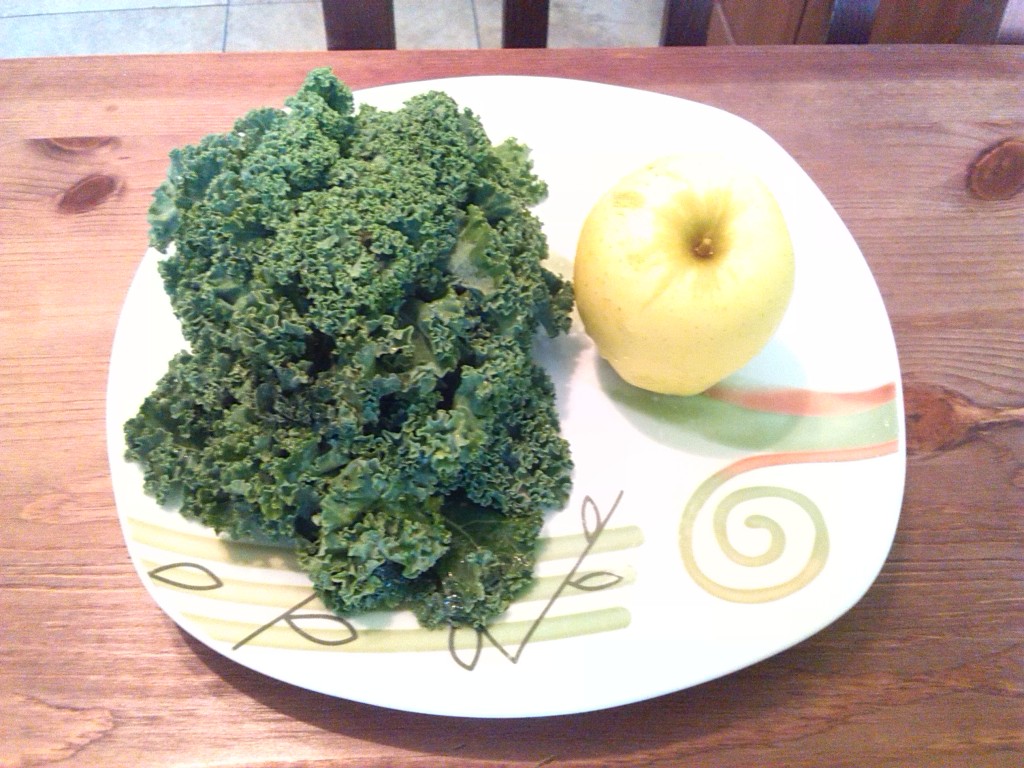
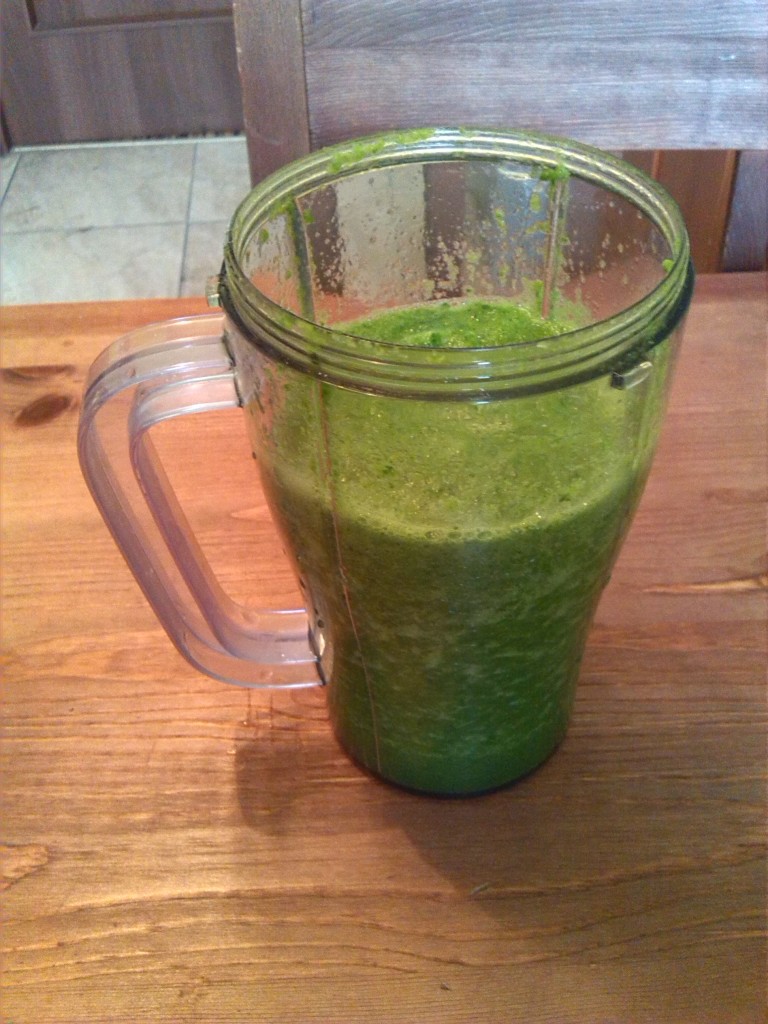

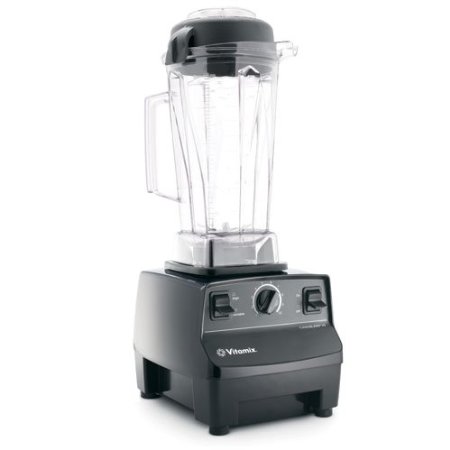
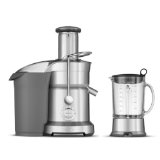
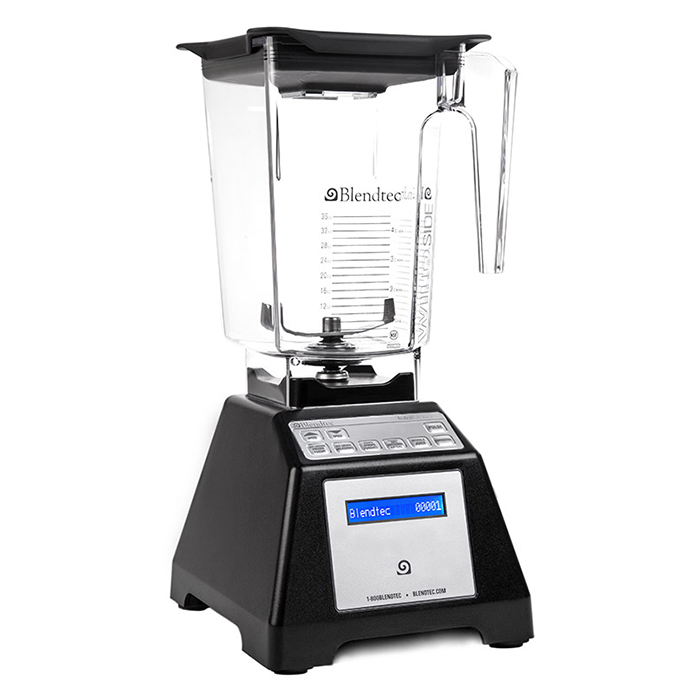
Glad to have found your blog, thank you ! Can you tell me what travel blender you use (I’m in the UK) please. Same as you, taking my masticating slow juicer when travelling is not good and I’m off on a yoga retreat for two weeks soon, am used to at least to juices a day and looking for a way of managing this whilst aware of need to compromise in term of what I can practically make. Thank you alex